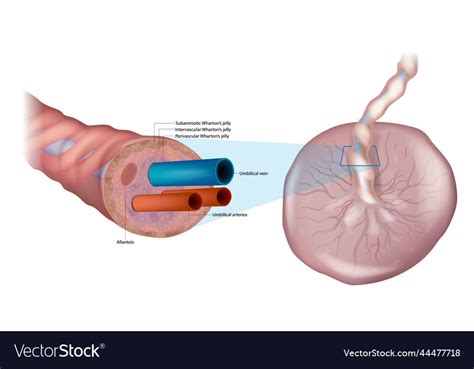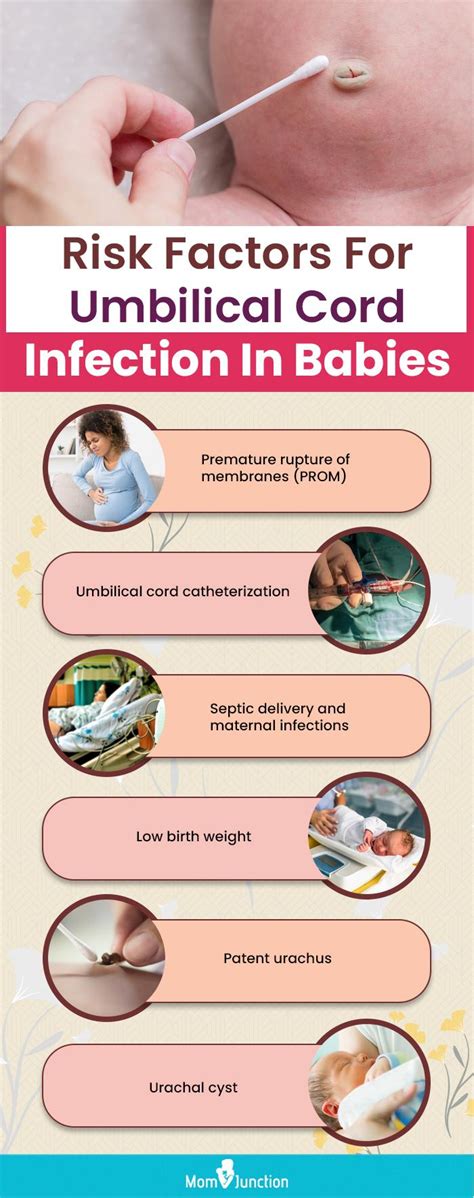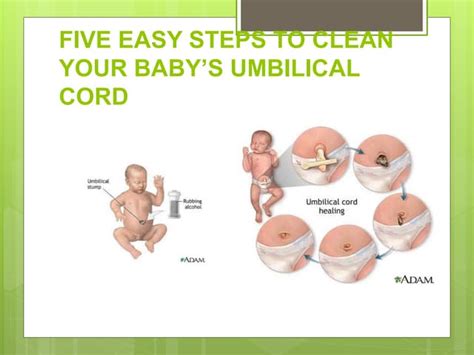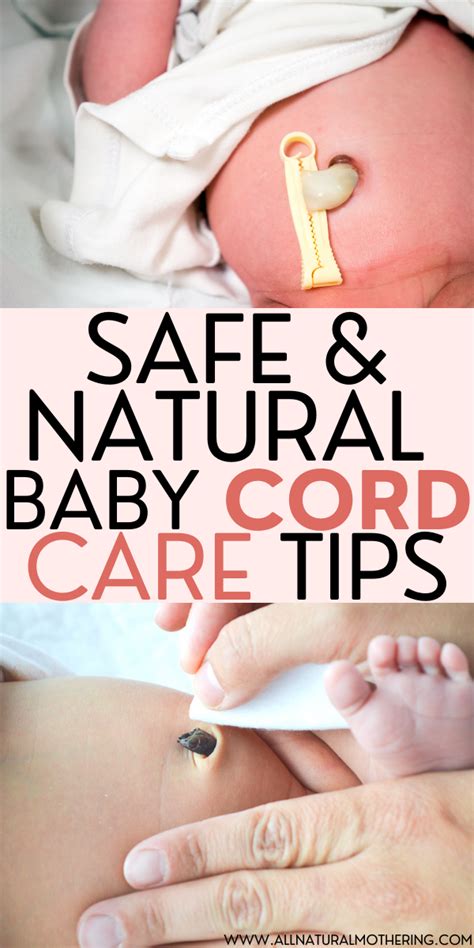Intro
The navel cord, also known as the umbilical cord, plays a vital role in the development and growth of a fetus during pregnancy. After birth, the navel cord is cut, and a small stump remains, which eventually falls off, leaving a belly button. The care and management of the navel cord in newborns are crucial to prevent infections and ensure proper healing. In this article, we will delve into the importance of navel cord care, its benefits, and the steps involved in keeping the navel area clean and healthy.
The navel cord is a flexible, tube-like structure that connects the fetus to the placenta, providing essential nutrients, oxygen, and blood. After birth, the navel cord is clamped and cut, leaving a small stump that is usually 1-2 inches long. The stump eventually dries out and falls off, usually within 1-3 weeks. It is essential to keep the navel area clean and dry to prevent bacterial growth and infection.
Proper navel cord care is vital to prevent complications, such as omphalitis, a bacterial infection that can occur when the navel cord stump becomes contaminated. Omphalitis can lead to serious health issues, including sepsis, meningitis, and brain damage. According to the World Health Organization (WHO), omphalitis is a significant cause of morbidity and mortality in newborns, particularly in low-resource settings. Therefore, it is crucial to follow proper navel cord care guidelines to ensure the health and well-being of newborns.
Navel Cord Care

Navel cord care involves keeping the navel area clean and dry, monitoring for signs of infection, and seeking medical attention if any complications arise. The American Academy of Pediatrics (AAP) recommends the following steps for navel cord care:
- Keep the navel area clean and dry
- Avoid submerging the navel cord in water until it falls off
- Gently clean the navel area with soap and water
- Pat the area dry with a clean towel
- Avoid applying any creams, oils, or powders to the navel area
Benefits of Proper Navel Cord Care
Proper navel cord care has several benefits, including:- Preventing omphalitis and other infections
- Promoting healthy healing and reducing the risk of scarring
- Reducing the risk of complications, such as sepsis and meningitis
- Ensuring the navel cord stump falls off naturally, without any assistance
Navel Cord Infections

Navel cord infections can occur when the navel cord stump becomes contaminated with bacteria. Signs of infection include:
- Redness, swelling, or discharge around the navel area
- Foul odor or pus
- Fever or irritability
- Delayed healing or failure of the navel cord stump to fall off
If any of these signs are present, it is essential to seek medical attention immediately. The treatment for navel cord infections usually involves antibiotics and close monitoring to prevent complications.
Risk Factors for Navel Cord Infections
Certain risk factors can increase the likelihood of navel cord infections, including:- Premature birth
- Low birth weight
- Breakdown of the navel cord stump
- Contamination of the navel area with bacteria
- Poor navel cord care
Navel Cord Care in Different Cultures

Navel cord care practices vary across different cultures and traditions. In some cultures, the navel cord is considered a sacred part of the body, and its care is entrusted to traditional healers or midwives. In other cultures, the navel cord is seen as a symbol of good luck or prosperity. Understanding these cultural practices and traditions can help healthcare providers provide culturally sensitive care and promote healthy navel cord care practices.
Challenges in Navel Cord Care
Despite the importance of navel cord care, several challenges can arise, including:- Limited access to healthcare services, particularly in low-resource settings
- Lack of awareness about proper navel cord care practices
- Cultural or traditional practices that may not align with evidence-based guidelines
- Inadequate training of healthcare providers in navel cord care
Future Directions in Navel Cord Care

Future research and initiatives should focus on improving navel cord care practices, particularly in low-resource settings. This can be achieved through:
- Developing and implementing evidence-based guidelines for navel cord care
- Providing training and education to healthcare providers on proper navel cord care practices
- Promoting awareness and community engagement in navel cord care
- Developing innovative technologies and products to improve navel cord care, such as antimicrobial dressings or cord clamps
Conclusion and Recommendations
In conclusion, navel cord care is a critical aspect of newborn care that requires attention and proper management to prevent complications and ensure healthy healing. Healthcare providers, parents, and caregivers should be aware of the importance of navel cord care and follow evidence-based guidelines to promote healthy practices. By working together, we can reduce the risk of navel cord infections and improve outcomes for newborns worldwide.What is the best way to care for the navel cord in newborns?
+Keep the navel area clean and dry, avoid submerging the navel cord in water until it falls off, and gently clean the navel area with soap and water.
What are the signs of a navel cord infection?
+Signs of infection include redness, swelling, or discharge around the navel area, foul odor or pus, fever or irritability, and delayed healing or failure of the navel cord stump to fall off.
How can I prevent navel cord infections in my newborn?
+Follow proper navel cord care guidelines, keep the navel area clean and dry, avoid submerging the navel cord in water until it falls off, and seek medical attention if any signs of infection are present.
We hope this article has provided valuable information on navel cord care and its importance in newborn health. If you have any questions or concerns, please feel free to comment below or share this article with your friends and family. By working together, we can promote healthy navel cord care practices and improve outcomes for newborns worldwide.
